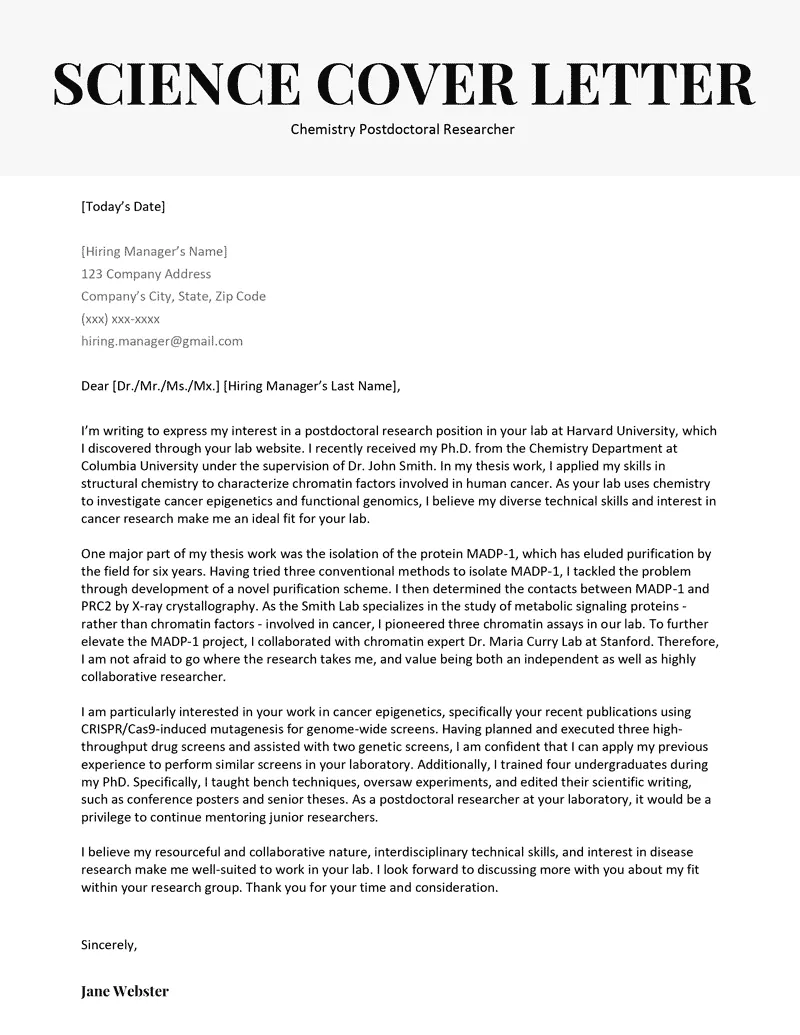Understanding the Cover Letter Importance
A compelling cover letter is your initial introduction to the selection committee, serving as a crucial element of your postdoc fellowship application. It’s a chance to showcase your unique qualifications, research experience, and alignment with the fellowship’s objectives. Unlike a CV that lists your accomplishments, the cover letter allows you to narrate your story, highlighting your motivations and career aspirations. It provides a platform to demonstrate your writing proficiency, communication skills, and genuine interest in the specific opportunity, making it a vital tool for securing an interview and ultimately, the fellowship.
Why Your Cover Letter Matters for a Postdoc Fellowship
Your cover letter offers an unparalleled opportunity to make a strong first impression and distinguish yourself from other applicants. It’s where you provide context to your achievements listed in your CV, explaining the ‘why’ behind your research interests and career goals. This is where you can illustrate your profound understanding of the fellowship’s goals and how your expertise can contribute to its success. A well-crafted cover letter is more than just a formality; it demonstrates your professionalism, communication prowess, and your ability to tailor your application to a particular opportunity, thus substantially increasing your chances of selection.
The Role of a Cover Letter in the Application Process
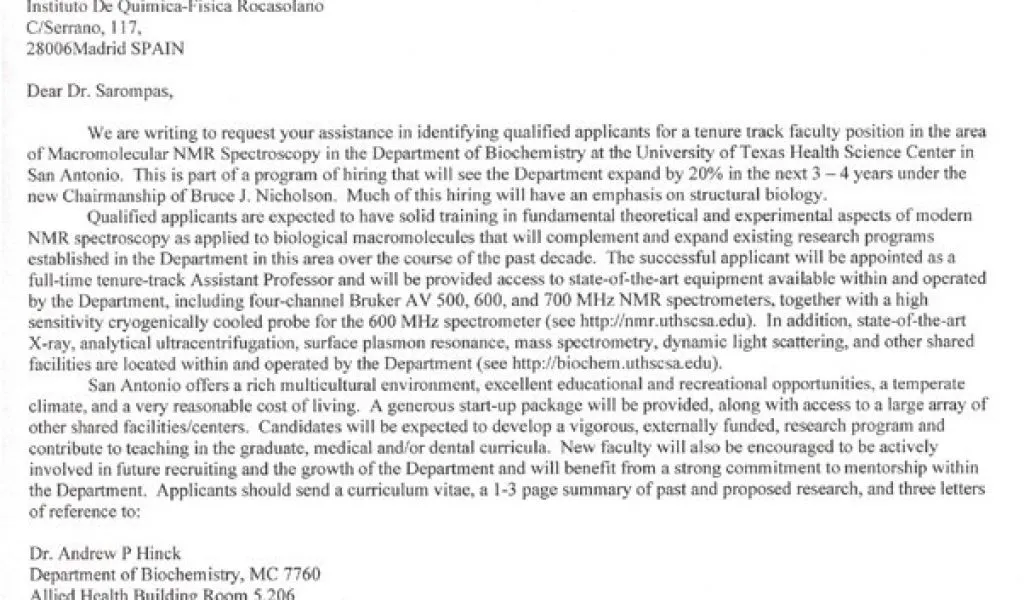
In the competitive arena of postdoc fellowships, the cover letter often serves as the initial gatekeeper, influencing whether your application receives further consideration. It’s the first piece of information that the selection committee will review, setting the tone for their impression of you. A standout cover letter grabs their attention, creating a positive impression and prompting them to delve deeper into your CV and research proposals. Conversely, a poorly written or generic letter can lead to immediate rejection. Thus, the cover letter acts as a crucial tool in the application process, acting as your advocate and a strong determinant of your success.
Essential Elements of a Cover Letter
A successful cover letter comprises several key components. First, it should begin with a professional header containing your contact details and the date. The opening paragraph should immediately capture the reader’s attention, clearly stating your purpose and excitement for the opportunity. The body paragraphs should then delve into your relevant skills and experience, highlighting significant research accomplishments and demonstrating a clear alignment with the fellowship’s objectives. The letter must be tailored to the fellowship, with thorough research of the program. Finally, a strong closing paragraph reiterates your interest, expresses gratitude, and provides the necessary contact information for further engagement.
Header Information Contact Details
The header of your cover letter is the initial piece of information, crucial for professional presentation. At the top, include your full name, professional title (if applicable), mailing address, phone number, and a professional email address. The date should be placed beneath your contact details, typically aligned to the left or right. Ensure that your contact information is accurate and up-to-date, as this is how the selection committee will reach you. Use a clean and easy-to-read font for the header, maintaining a consistent style with the rest of the document.
Opening Paragraph Grabbing Attention
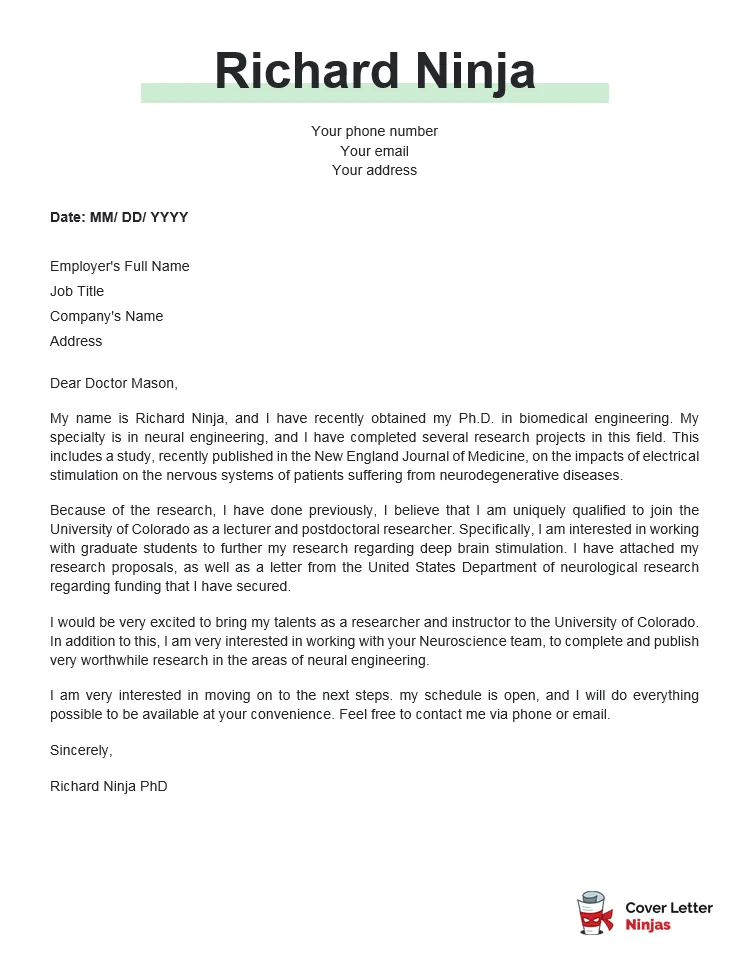
The opening paragraph is your first opportunity to make a strong impression. Start by clearly stating the position you’re applying for and where you found the opportunity. Then, immediately engage the reader by expressing your enthusiasm for the fellowship and briefly stating why you are a strong candidate. If you have a personal connection to the institution or a specific research project that interests you, mention it here. The goal is to capture their attention from the very first sentence, prompting them to read further and learn more about your qualifications and aspirations.
Body Paragraphs Showcasing Skills
The body paragraphs are where you delve deeper, showcasing your most relevant skills and experiences. Structure these paragraphs to connect your accomplishments and skills directly to the fellowship requirements. Highlight the research techniques you’ve mastered, the publications you’ve contributed to, and any significant achievements you’ve attained. Provide concrete examples and quantify your results whenever possible, using numbers and data to showcase the impact of your work. Demonstrate how your skills align with the fellowship’s objectives, illustrating that you are a suitable match for the position.
Highlighting Research Experience and Accomplishments
This is where you provide detailed insights into your research career. Instead of just listing your publications and projects, describe your role, the methodology you employed, and the results you achieved. Highlight the specific skills you developed or utilized, such as data analysis, experimental design, or specialized techniques. If you’ve presented your research at conferences or received awards, include those details to further demonstrate your accomplishments. Quantify your achievements whenever possible; for example, indicate the impact factor of the journals in which your work was published or the percentage increase in efficiency you achieved in a project.
Demonstrating Alignment with the Fellowship
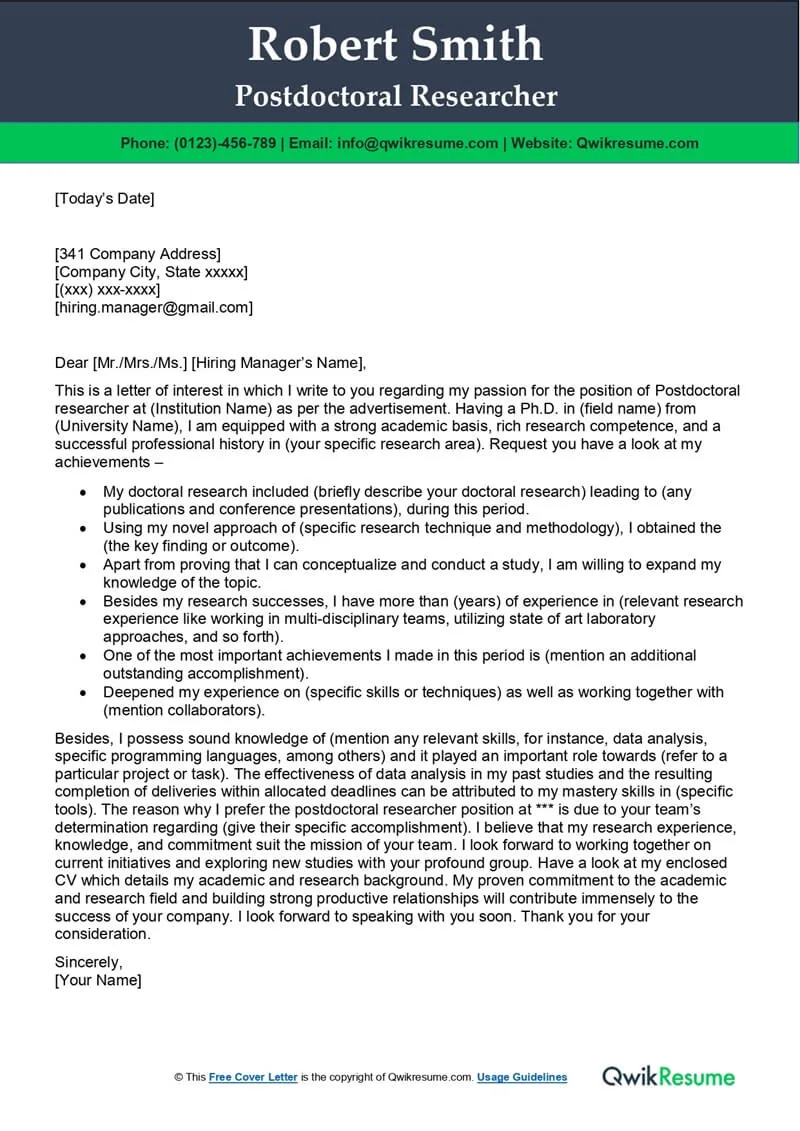
A critical element is to clearly articulate how your skills and aspirations align with the goals of the fellowship. Research the fellowship’s objectives and the ongoing projects within the host institution. Explain how your past research has prepared you for this specific role and how your future research interests complement the fellowship’s focus. Highlight specific aspects of the fellowship that appeal to you and explain why you are particularly interested in the opportunity. This demonstrates that you have carefully considered the fellowship and aren’t just sending out generic applications.
Tailoring Your Cover Letter to the Specific Fellowship
Each cover letter must be customized to the specific fellowship you are applying for. Avoid using a generic template; instead, modify your letter to directly address the fellowship’s requirements and the host institution’s research priorities. Review the fellowship description carefully and identify the key skills and experiences they are seeking. In your cover letter, explicitly mention how you possess these qualities. Show that you understand the fellowship’s objectives and explain how your research interests align with the ongoing projects in the host lab.
Researching the Fellowship and Its Objectives
Before you start writing, conduct thorough research on the fellowship. Visit the fellowship’s website to gain an understanding of its mission, goals, and the research areas it supports. Examine the profiles of current or past fellows to understand the type of candidates they seek. Pay close attention to the requirements, application guidelines, and the specific skills or experiences they value. This research will enable you to tailor your cover letter to meet the fellowship’s expectations, increasing your chances of selection.
Customizing Your Letter to the Host Institution
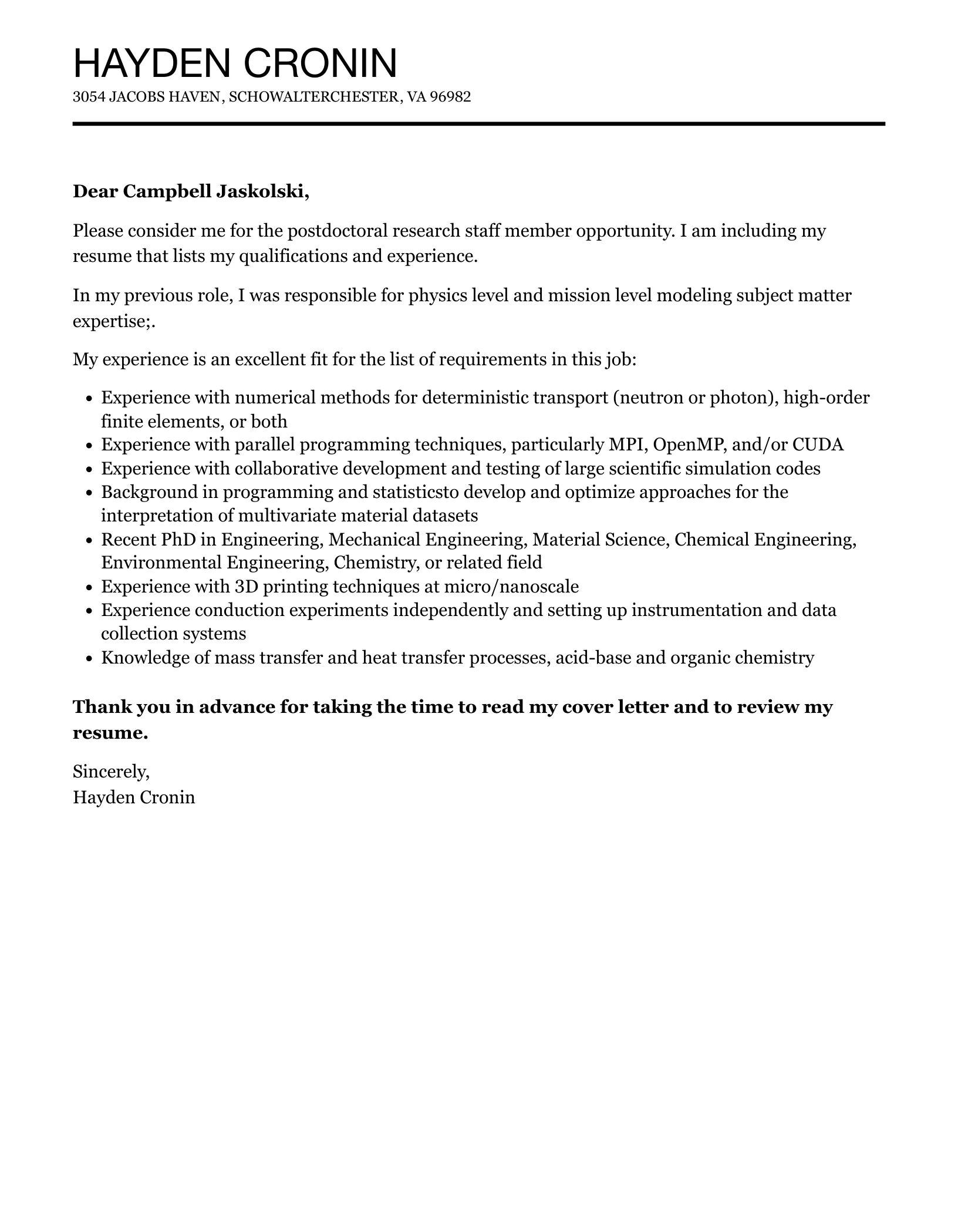
Show your genuine interest by customizing your cover letter to the host institution. Research the faculty members, their research interests, and their publications. If possible, find out if any of your previous research or skills align with projects being undertaken by the professors in the institution. Mention specific faculty members whose work resonates with you, and explain how you envision your research contributing to their ongoing projects. This customization demonstrates your genuine interest in joining the specific institution.
Showcasing Your Fit with the Research Group
If possible, connect with current members of the research group or lab you hope to join. In your cover letter, mention any connections you’ve made or any insights you’ve gained through your interactions. Highlight how your research experience aligns with the group’s ongoing projects and the skills you can bring to the team. This demonstrates that you’ve researched the lab’s culture and are genuinely interested in becoming a part of it. Showcasing your potential to contribute meaningfully will significantly increase your chances of being considered.
Structuring Your Cover Letter for Maximum Impact
Your cover letter should have a clear and organized structure that flows logically. Start with a concise opening paragraph that immediately grabs the reader’s attention. The subsequent body paragraphs should focus on demonstrating your skills, highlighting your accomplishments, and explaining why you are a suitable candidate. Keep the structure clear and the information concise and easy to understand. Each paragraph should have a central idea, and the transitions between paragraphs should be smooth. End with a strong closing paragraph that reiterates your interest and provides contact details.
Formatting Guidelines for a Professional Look
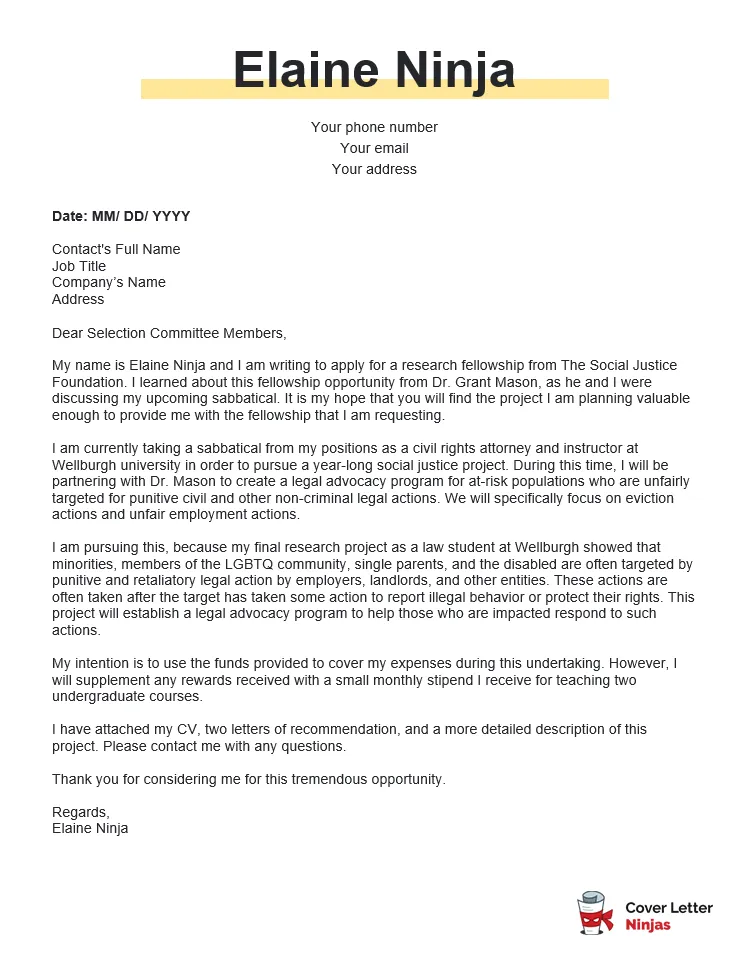
Maintain a professional appearance by adhering to strict formatting guidelines. Use a standard, easy-to-read font like Times New Roman or Arial, with a font size between 11 and 12 points. Use 1-inch margins on all sides and single-space the text. Use clear headings and subheadings to organize the information, making it easy for the reader to find key details. Proofread carefully for any formatting inconsistencies and ensure that the document looks clean and polished. A well-formatted cover letter reflects your attention to detail and professionalism.
Using Strong Verbs and Action Words
Using strong verbs and action words can make your cover letter more compelling. Start your sentences with verbs that describe your actions and accomplishments. Instead of writing ‘I was responsible for,’ write ‘Managed,’ ‘Led,’ ‘Developed,’ or ‘Implemented.’ Choose verbs that actively illustrate your contributions. For example, instead of saying ‘I worked on the project,’ write ‘Collaborated on the project to achieve…’. Strong verbs make your letter more dynamic and help to capture the reader’s attention, providing a clear sense of your capabilities and the impact of your work.
Writing a Compelling Closing Paragraph
The closing paragraph provides your final opportunity to make a lasting impression. Reiterate your enthusiasm for the fellowship and summarize why you are the ideal candidate. Express your gratitude for the reader’s time and consideration. Clearly state your willingness to discuss your application further and provide your contact information again. If you are comfortable, you may also indicate your availability for an interview. Conclude with a professional closing, such as ‘Sincerely,’ or ‘Best regards,’ followed by your full name.
Reiterating Interest and Expressing Gratitude
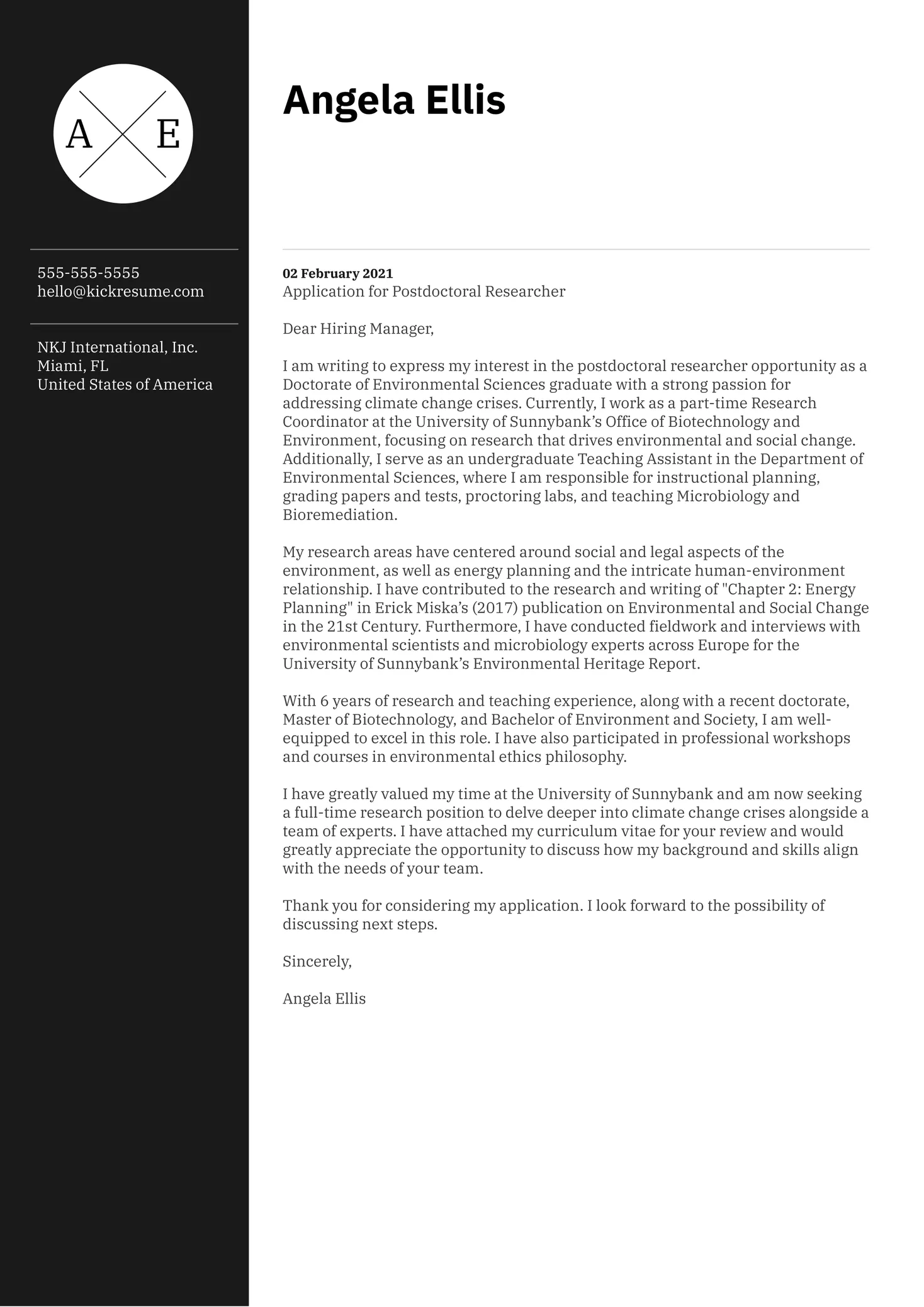
In your closing paragraph, reiterate your strong interest in the fellowship and express your gratitude for the selection committee’s time and consideration. Briefly summarize why you are a strong candidate and highlight the key skills and experiences that make you a good fit. Thank the committee for the opportunity to apply and express your enthusiasm for the prospect of further discussions about the fellowship. Expressing gratitude leaves a positive impression and emphasizes your respect for the selection process.
Providing Contact Information and Next Steps
Ensure that you provide clear and accessible contact information in your closing paragraph. Reiterate your professional email address and phone number to make it easy for the selection committee to reach you. You may also offer your availability for an interview or further discussion about your application. Confirm that you are available to answer any questions they might have. Providing this information streamlines the communication process and demonstrates your commitment and readiness to move forward in the application process.
Proofreading and Editing Your Cover Letter
Proofreading is the most essential step in the cover letter writing process. Carefully review your cover letter for any grammatical errors, spelling mistakes, or punctuation issues. Pay close attention to sentence structure, and ensure that your language is clear and concise. Read the cover letter aloud to identify any awkward phrasing or grammatical errors. It is also important to ensure the content flows logically. Errors can undermine your credibility, so proofreading is critical to ensuring that your letter presents you in the best possible light.
Common Mistakes to Avoid in Your Cover Letter
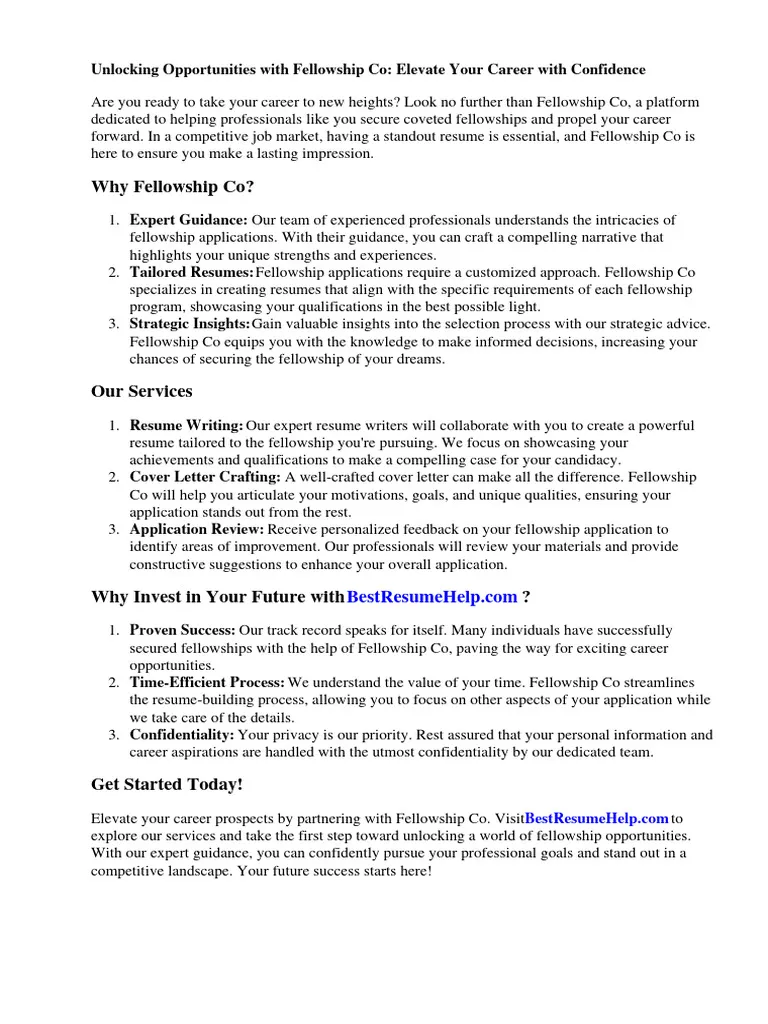
Avoid several common pitfalls when writing your cover letter. Do not make generic, cookie-cutter statements; always customize your letter for each fellowship. Ensure that your letter has a consistent tone; avoid using slang or colloquialisms. Do not exceed the word limit, as brevity is important. Never submit a letter with spelling or grammar errors. Avoid negative language and keep the focus on your positive attributes and accomplishments. By avoiding these mistakes, you can significantly improve your chances of making a strong impression.
Grammar and Spelling Errors
Grammar and spelling errors undermine your credibility and create a poor impression. Always proofread your cover letter meticulously for any errors. Use grammar and spell-checking tools. Read your cover letter aloud to check for mistakes. Have a colleague or mentor review the letter to catch any errors you might have missed. A cover letter with grammatical errors can lead to immediate rejection.
Generic and Unfocused Content
Avoid sending a generic cover letter that could apply to any fellowship. Your cover letter needs to be focused and specifically tailored to each opportunity. Do your research and customize your letter to address the requirements and goals of the particular fellowship. Show that you understand the program’s mission and values, and explain how your qualifications align with its objectives. Generic content shows a lack of genuine interest and attention to detail.
Ignoring Instructions and Requirements
Carefully review all instructions and requirements provided by the fellowship. Make sure you fully comply with the guidelines, including word limits, formatting requirements, and specific information they have requested. Ignoring these instructions demonstrates a lack of attention to detail, and it may lead to the disqualification of your application. Always ensure that your cover letter follows all the specified guidelines.
The Importance of Seeking Feedback
Seeking feedback from mentors, advisors, or colleagues is a critical step in refining your cover letter. Fresh eyes can often catch errors or identify areas for improvement that you might have missed. Reviewers can assess the clarity, structure, and overall effectiveness of your letter. This feedback will enhance the clarity and persuasiveness of your writing, making your application more compelling. Seeking feedback demonstrates your commitment to excellence and the importance you place on your application.
Getting Feedback from Mentors and Advisors
Leverage the expertise of your mentors and advisors to gain valuable feedback on your cover letter. These professionals are experienced in evaluating applications and can provide insightful comments on your writing style, content, and overall presentation. Share your draft cover letter with your mentors, asking them to provide honest feedback on areas for improvement. Incorporate their suggestions and revisions to strengthen your cover letter. It’s always beneficial to receive feedback from those who have experience in the academic world.
Using Professional Editing Services
If needed, consider using professional editing services to review your cover letter. These services provide expert proofreading, grammar checking, and stylistic improvements. Professional editors can help you refine your writing, making your letter more concise, persuasive, and error-free. Investing in a professional editor can be a worthwhile investment, especially if you are applying for a highly competitive fellowship.
Finalizing and Submitting Your Cover Letter
Once you have incorporated all feedback and made the necessary revisions, you are ready to finalize your cover letter. Carefully review all aspects of your application, ensuring that everything is accurate and complete. Check the fellowship’s guidelines again to verify that you have met all the requirements. Make a final proofread of your letter to eliminate any last-minute errors before submission. Submitting a polished and well-crafted cover letter is essential to create a positive impression and increase your chances of being selected.
Formatting and Saving Your Cover Letter
When saving and formatting your cover letter, adhere to all the specified guidelines provided by the fellowship. Use the requested file format (such as PDF or Word document), and ensure that your cover letter is properly formatted. Name your file professionally, using your name and the position or fellowship you are applying for. Double-check the font, margins, and overall appearance of your document to ensure that it is neat and professional. This shows attention to detail.
Submitting Your Application and Following Up
After submitting your application, confirm that you have followed the submission instructions and that your application has been received. If the fellowship allows, you may send a brief follow-up email or phone call after a reasonable period, politely inquiring about the status of your application. In your follow-up, reiterate your interest and express your gratitude. Be patient, and respect the timelines provided by the fellowship. Your professionalism and persistence will reflect well on you.
